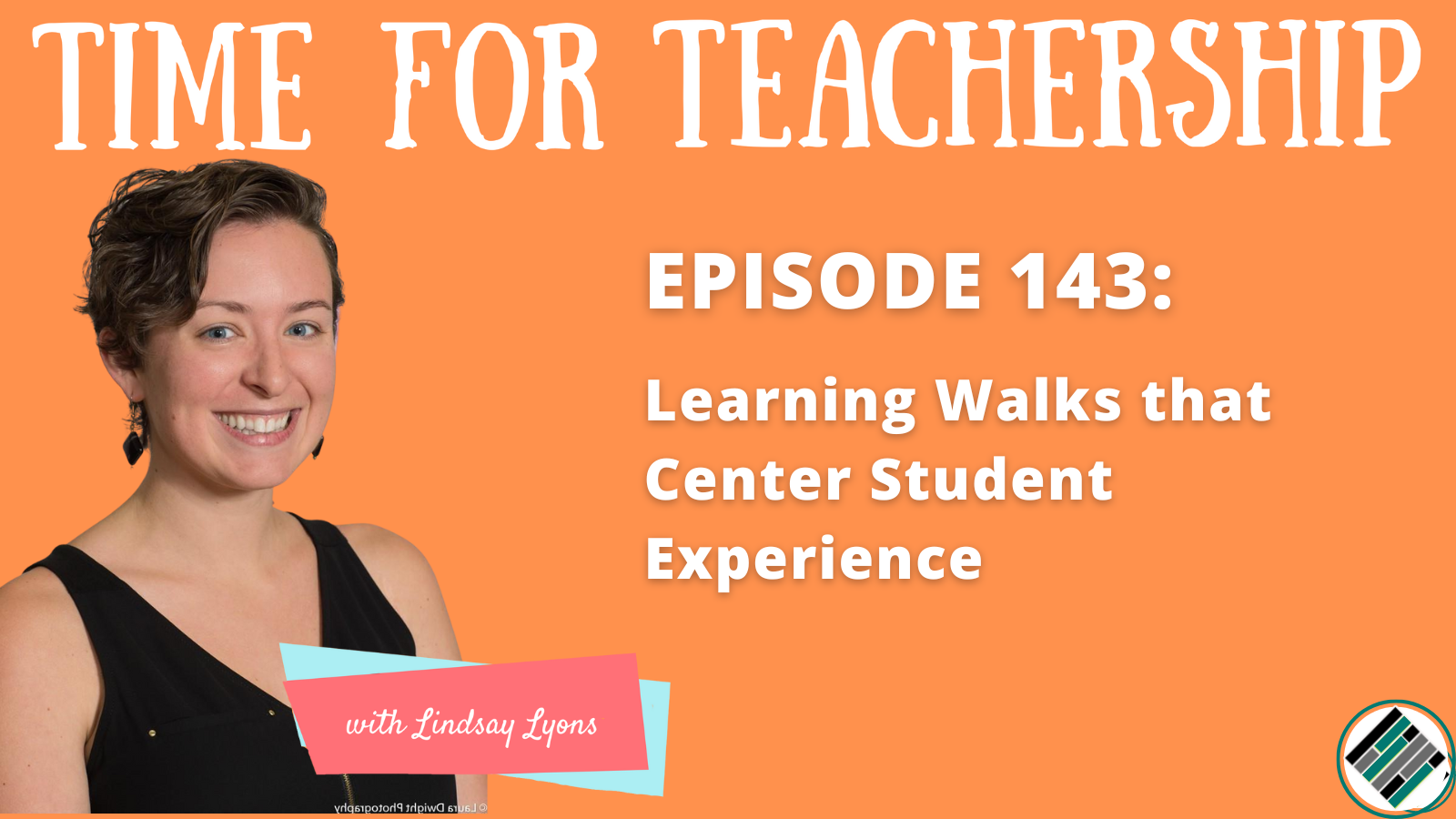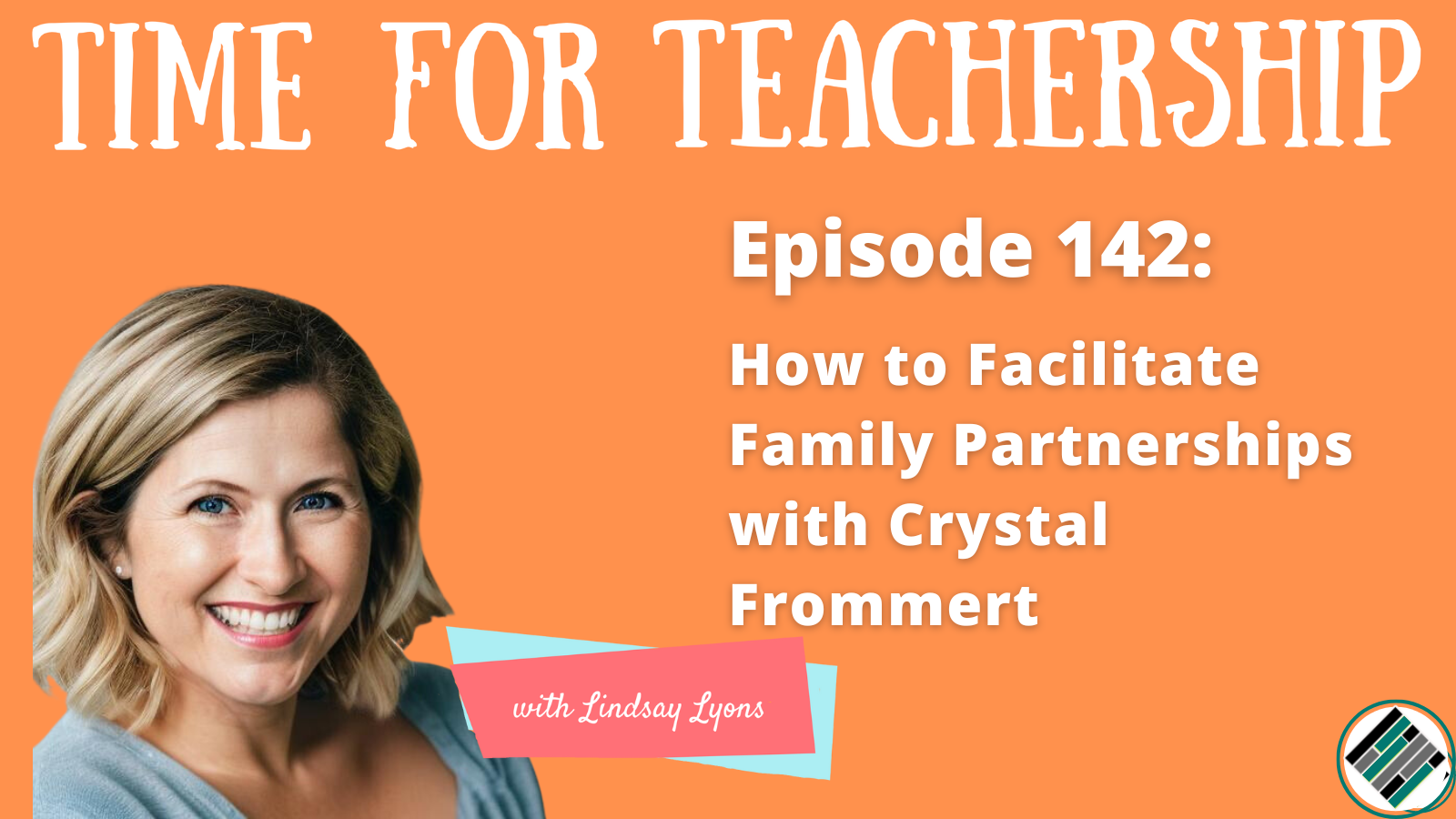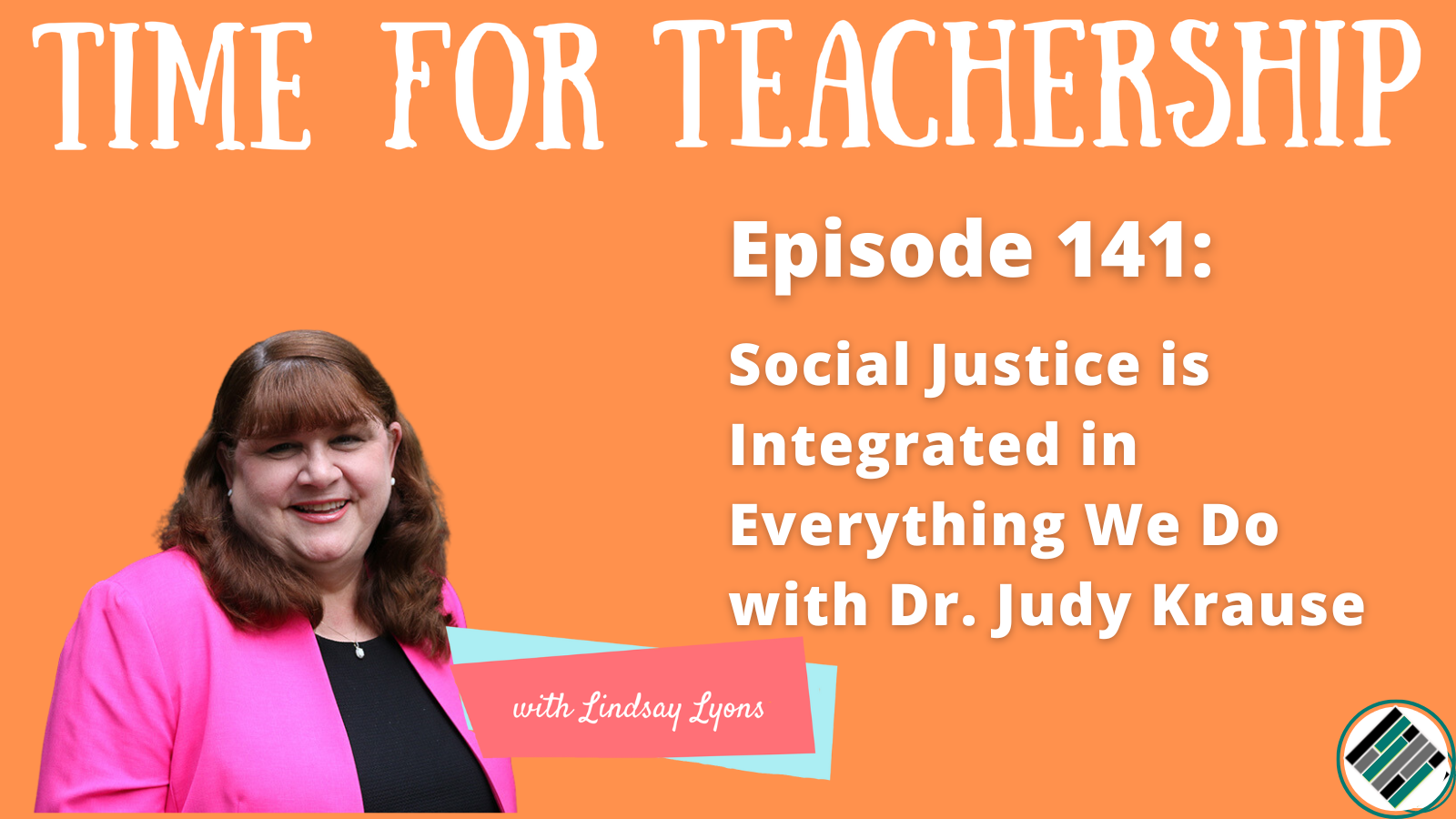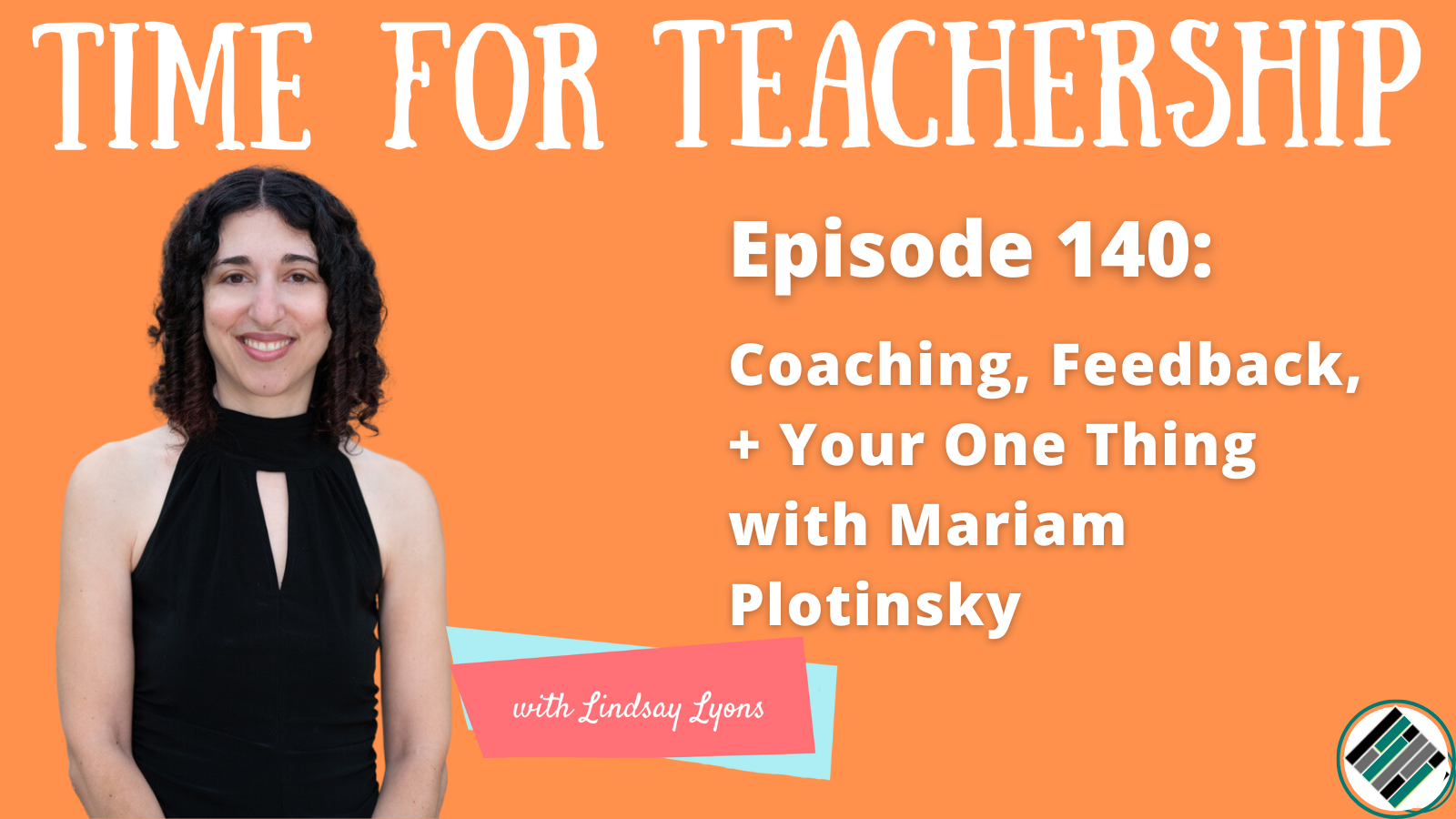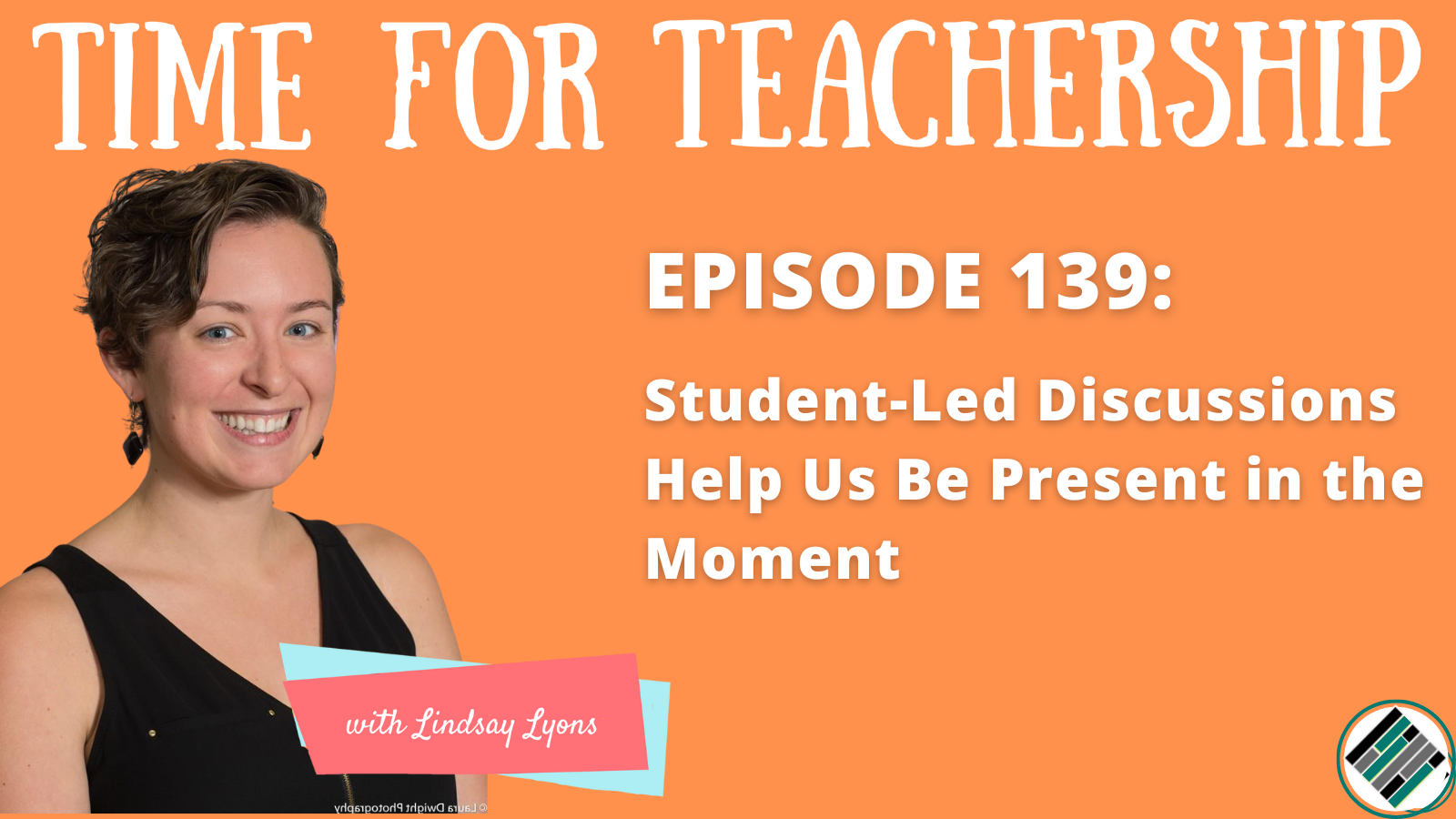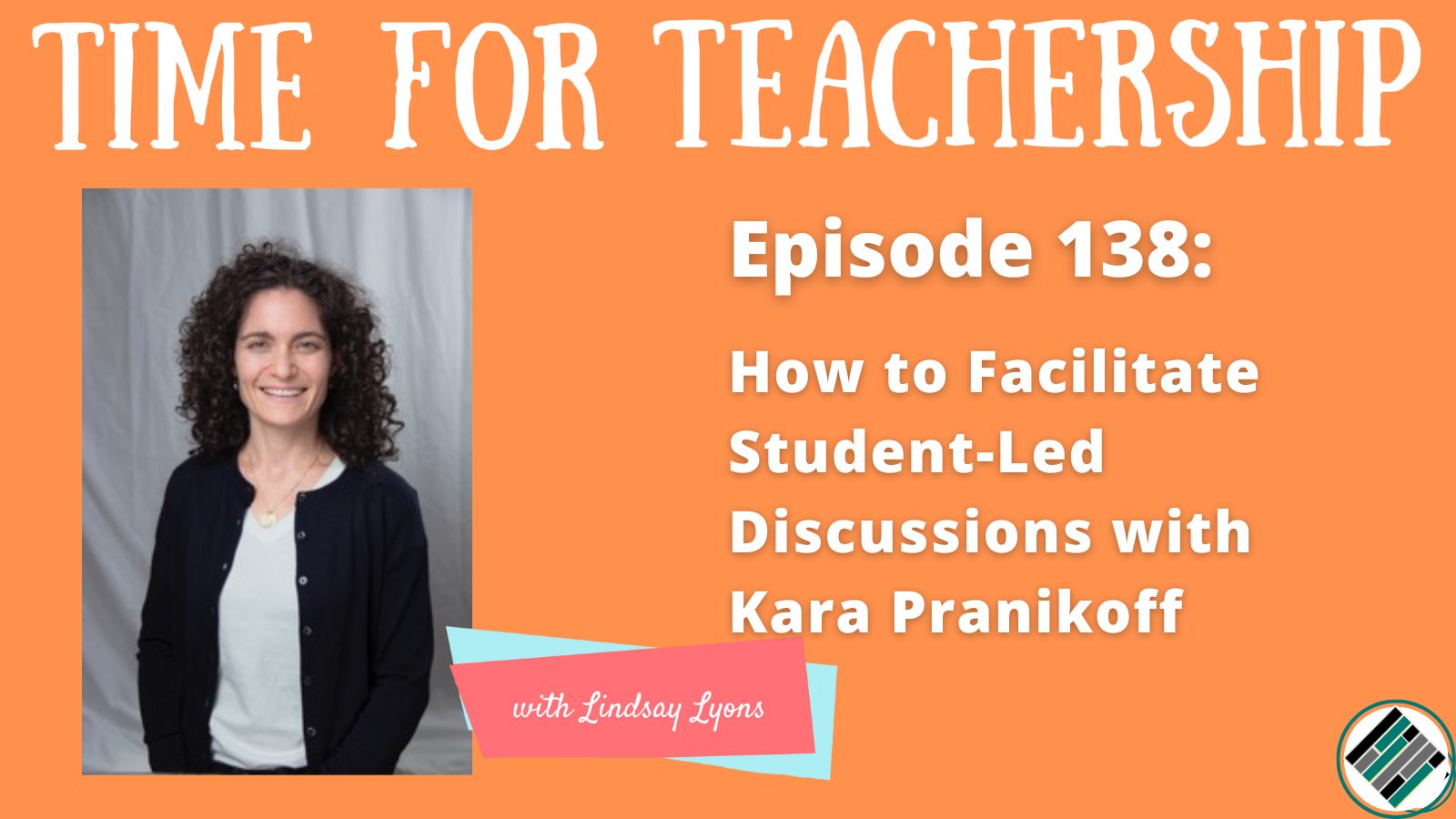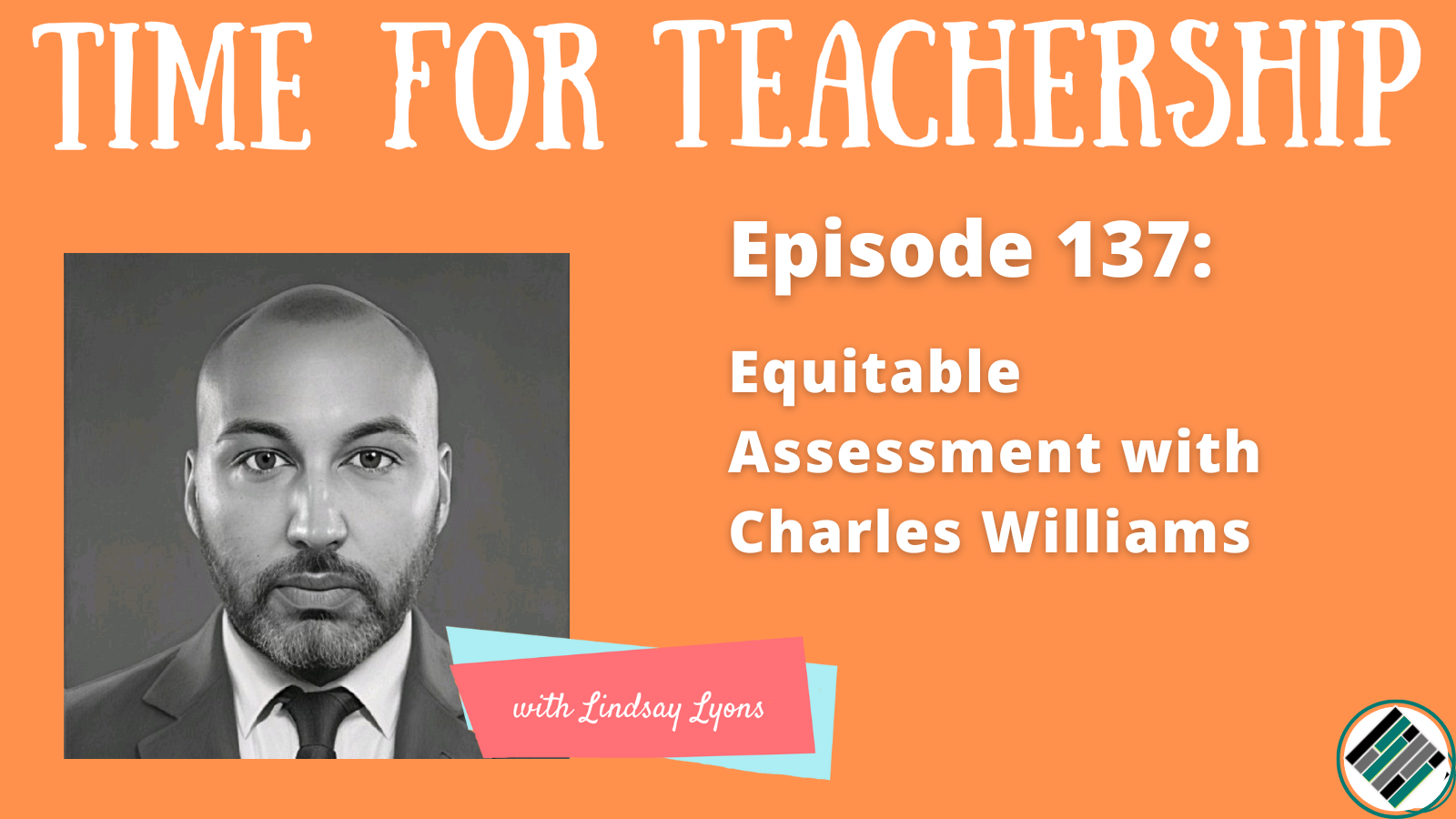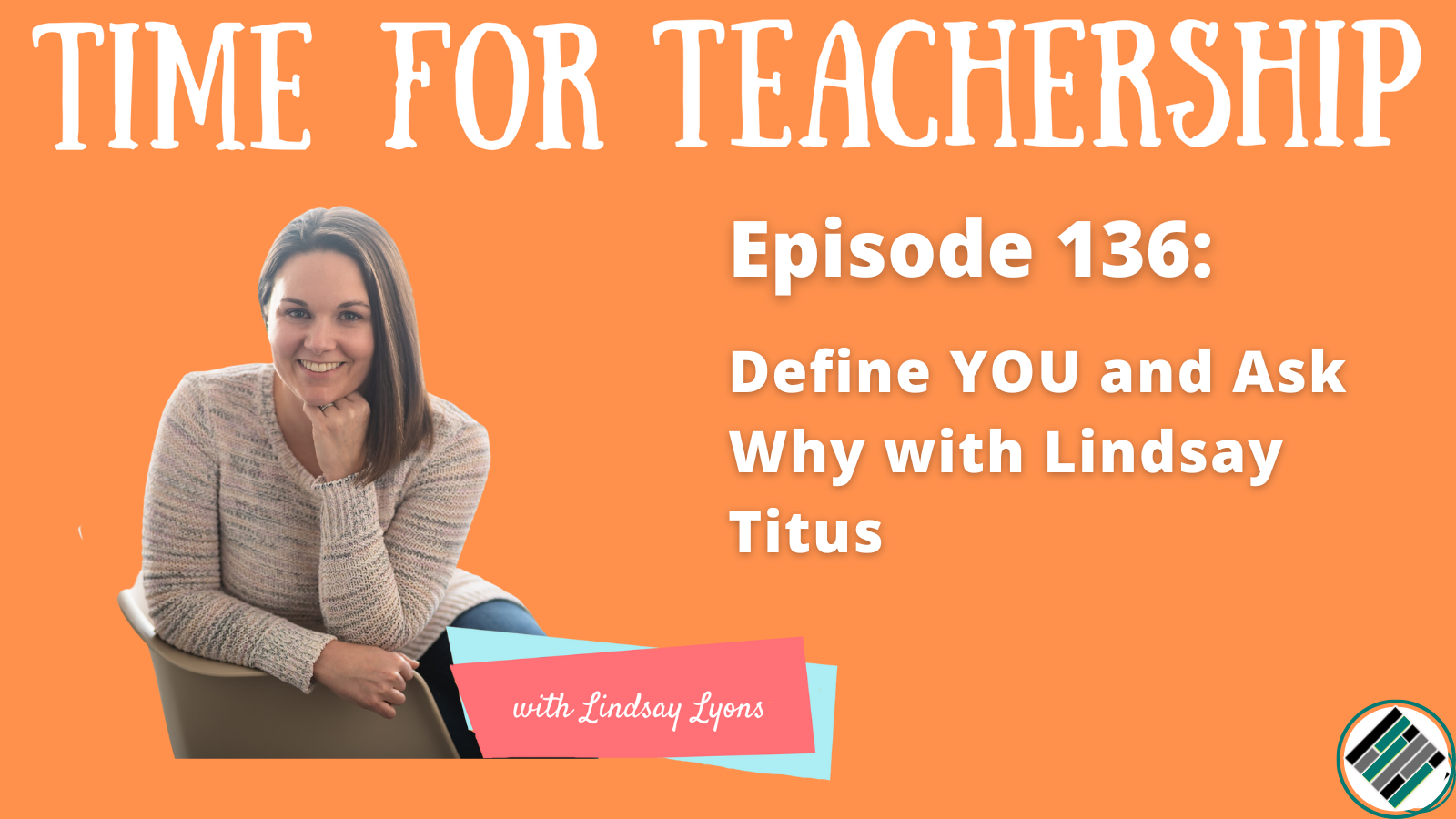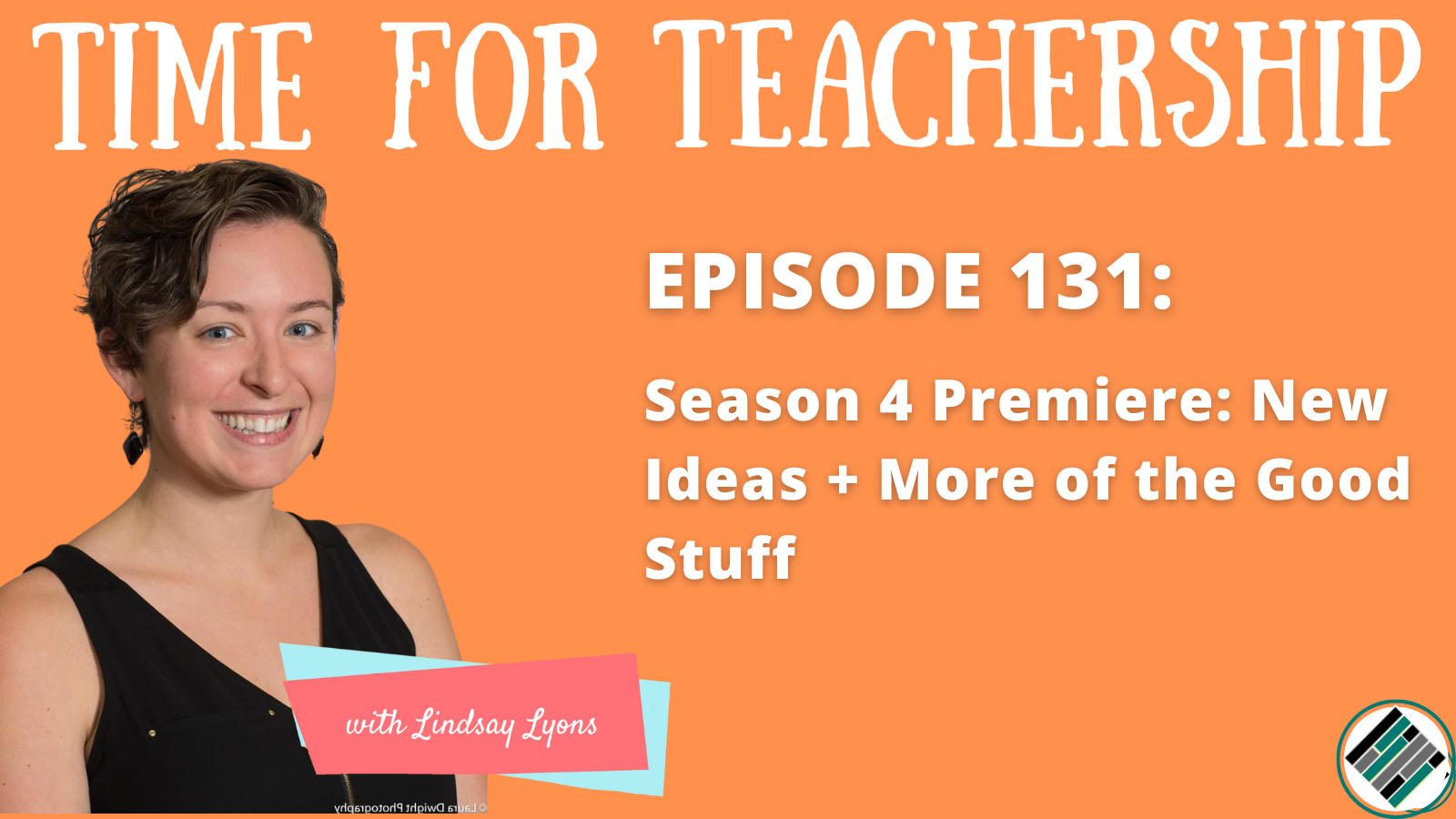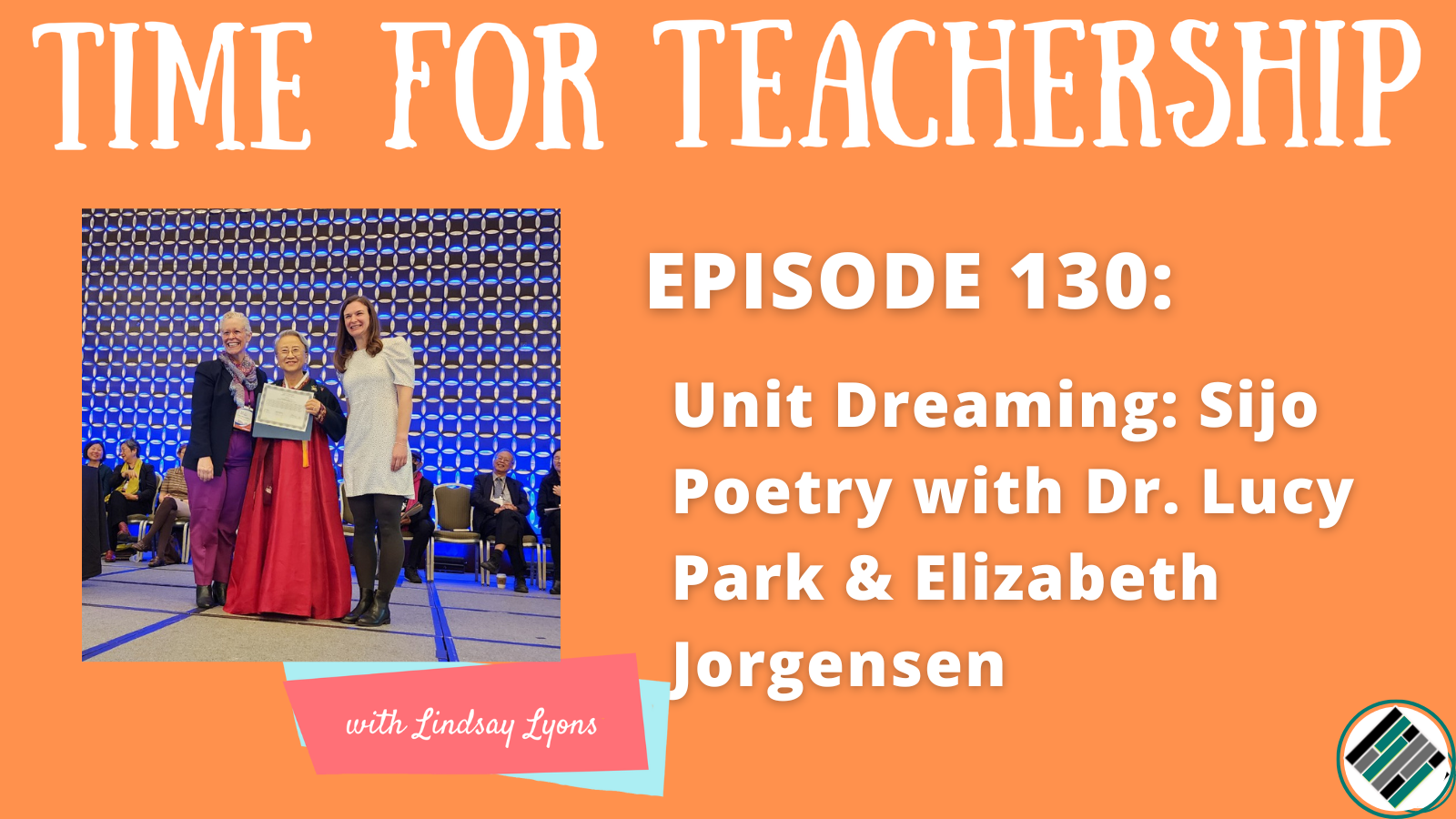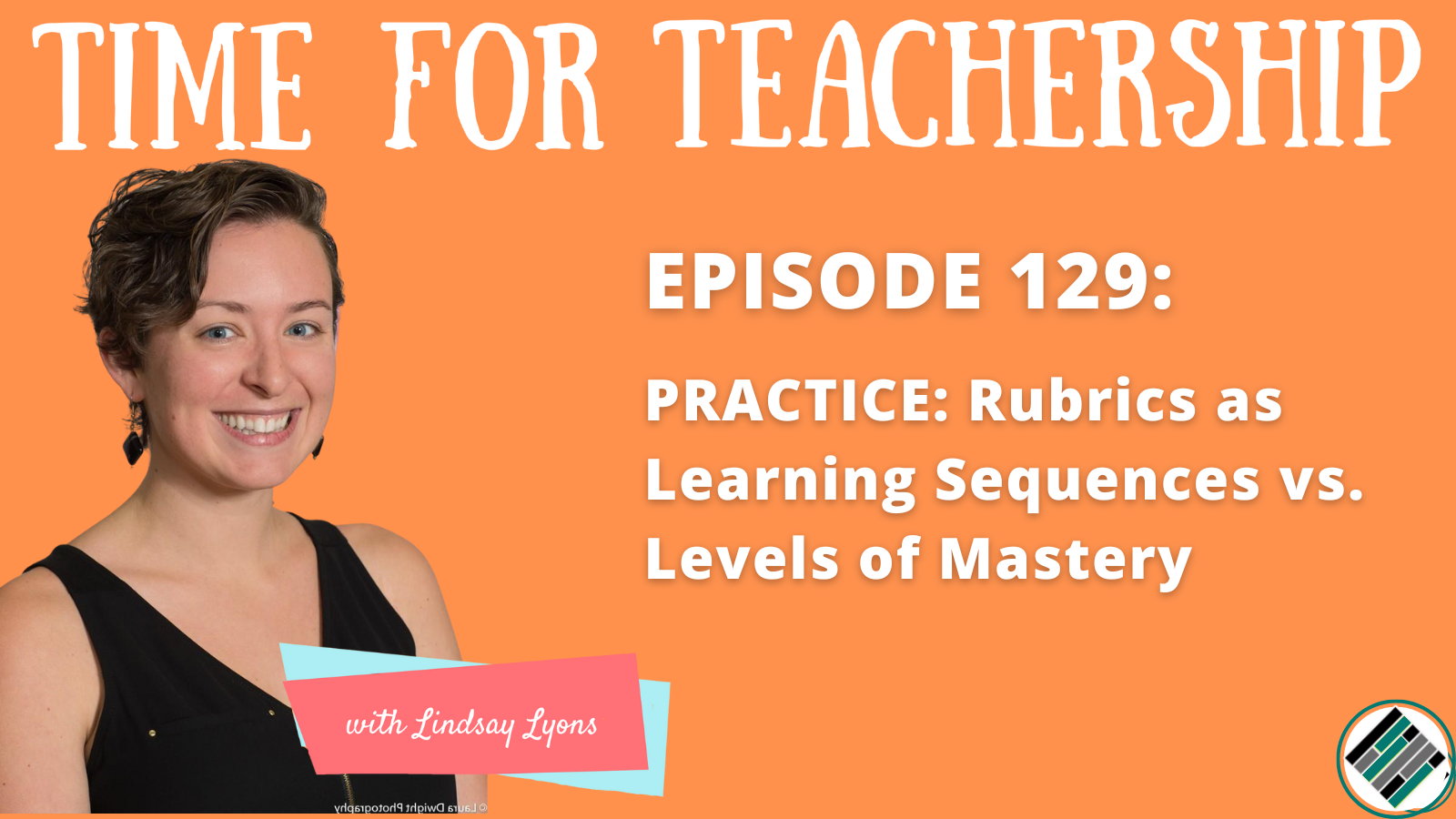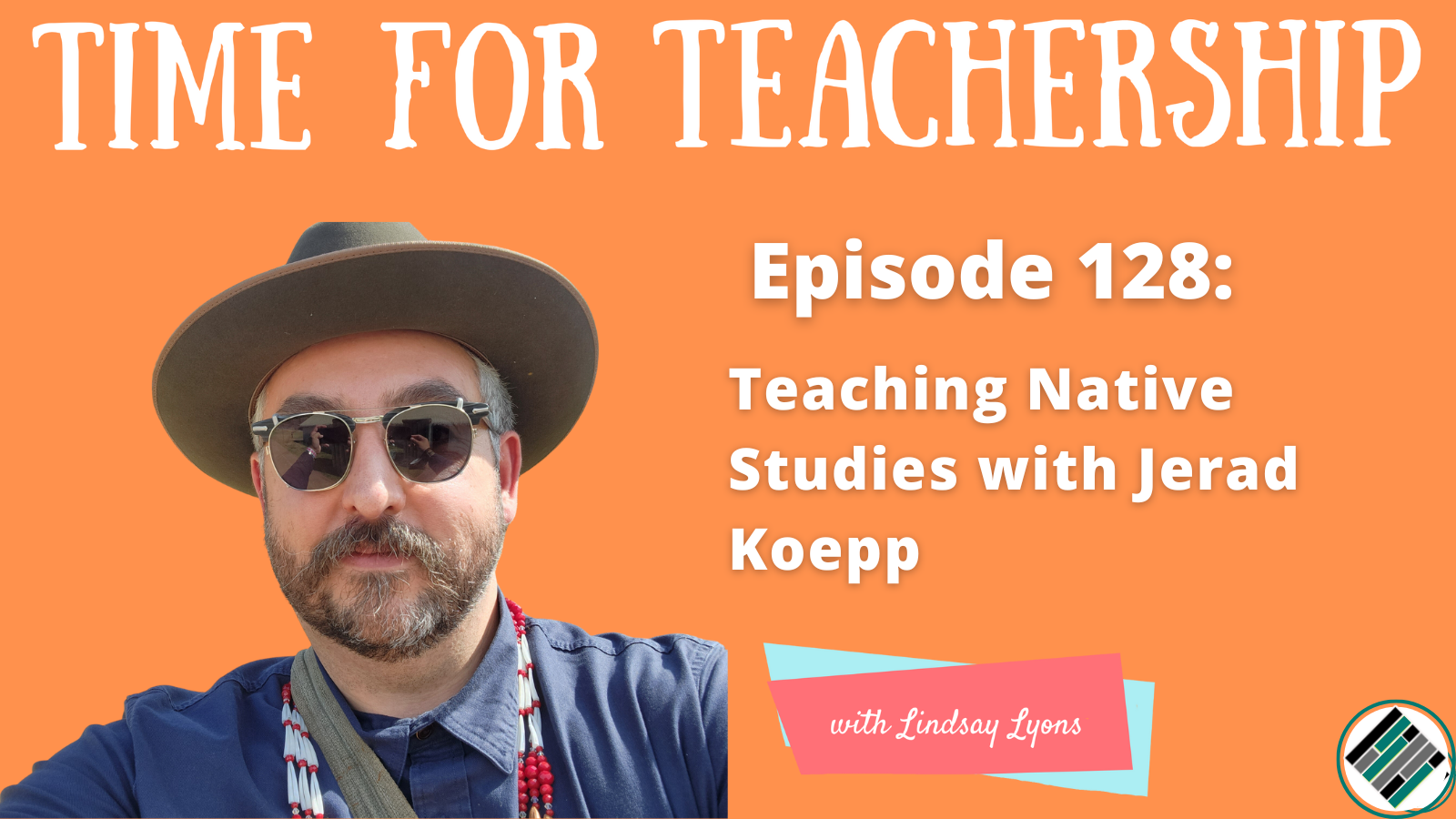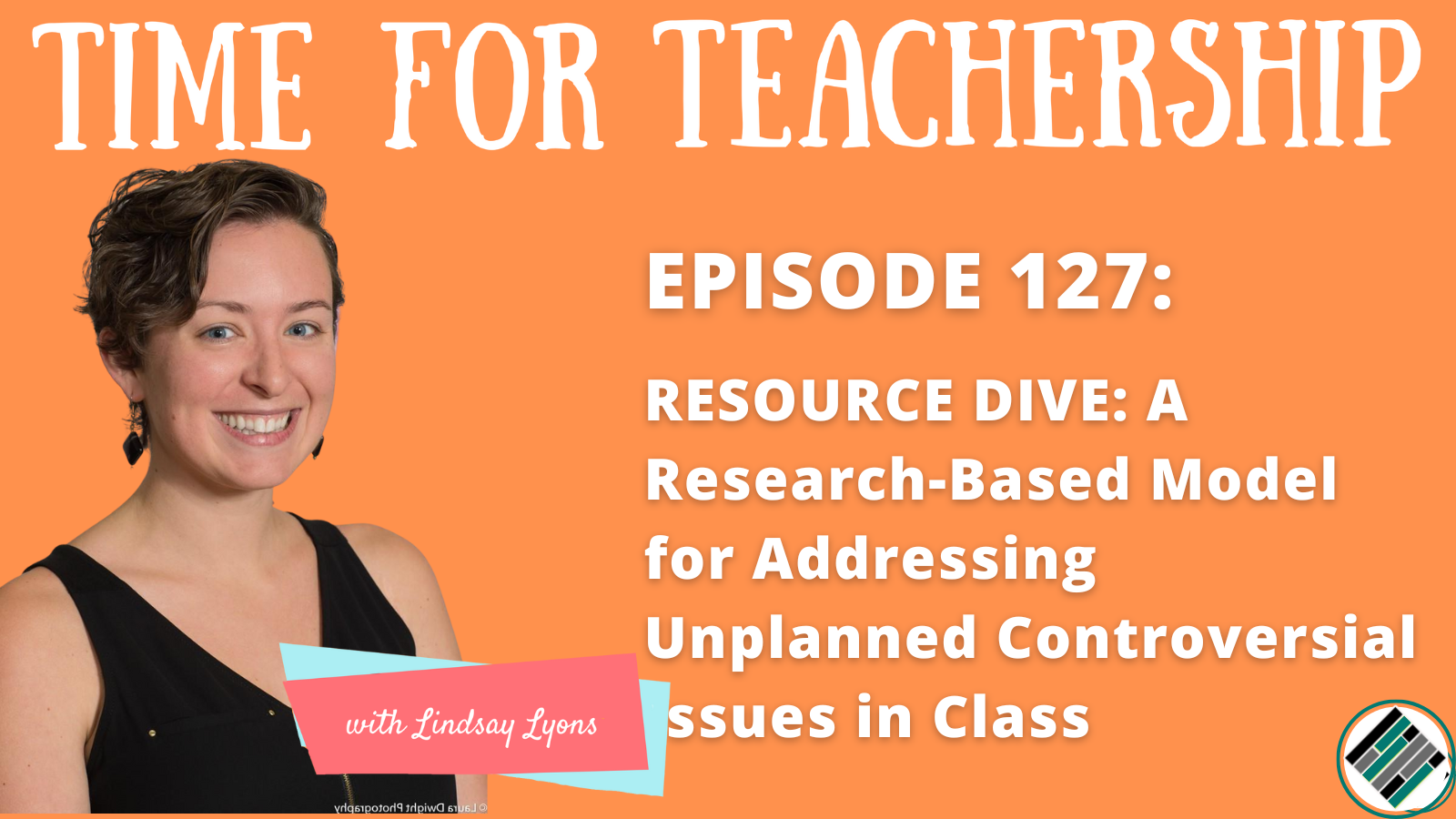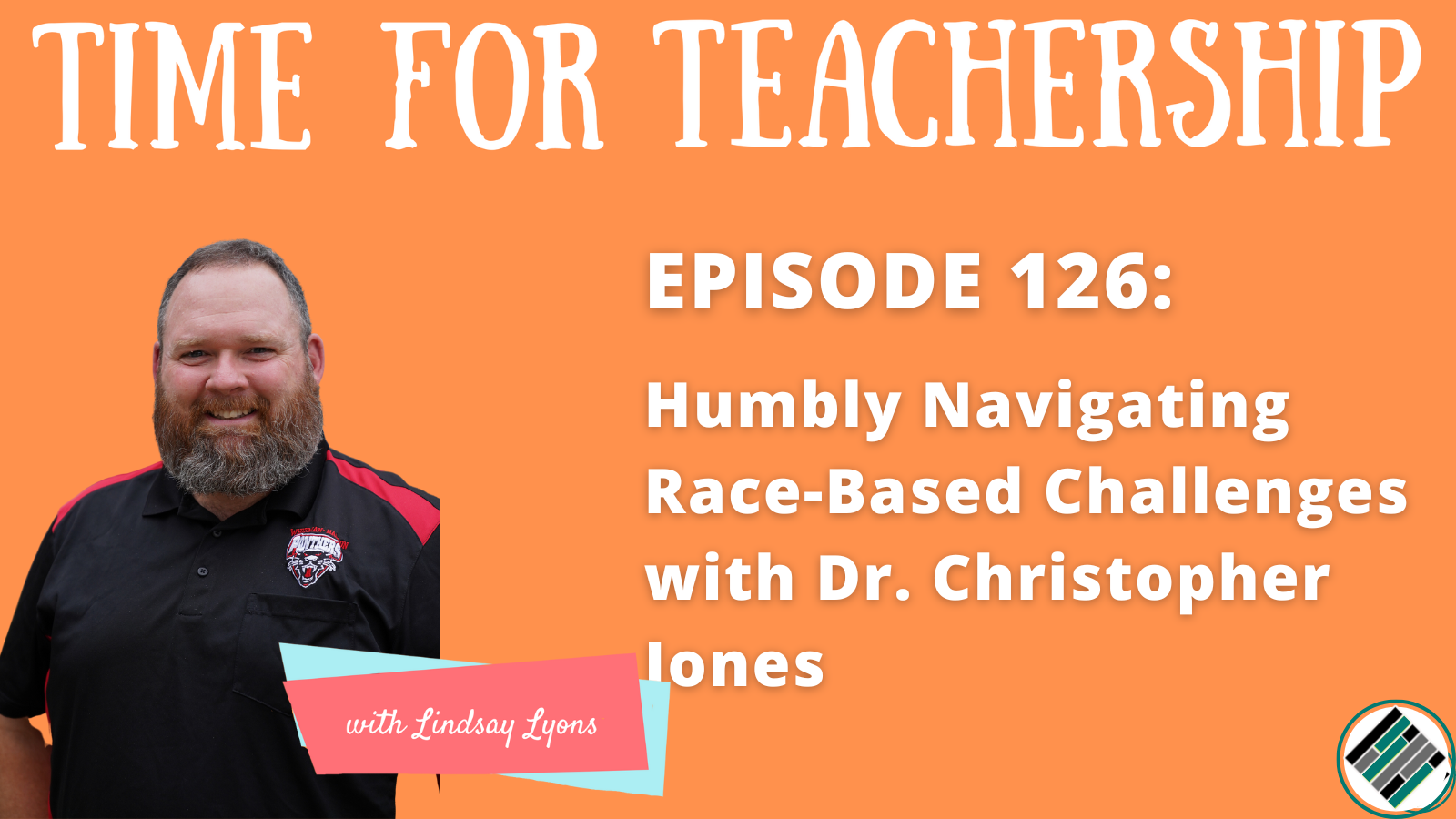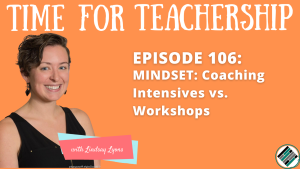
The term “coaching intensive” is uncommon in the educational professional development space. So, in this episode, I’m sharing what it is, why it’s better than standard workshops, and how you can implement intensives in your school or district.
What is an intensive?
An intensive is the name I use for any full day workshop that is hyper-focused on creating a usable product by the end of the day(s). It’s kind of like a “design sprint,” which is a term used in the tech world. It’s different from your typical workshop because there’s less talking at you and more building with you. And there’s a finished ready-to-use product at the end!
Why intensives?
Reality: We often don’t implement PD because it requires additional time within our typical work day, which we typically don’t have.
Brain Science: We lose hours switching tasks. We want to create the space for teachers to get into the task and a productive and joyful state of flow.
Practical: Intensives make changes in practice more likely to be implemented!
How?
Make space for it. Set aside a whole day for teacher teams to work on an intensive task together. This requires creative allocation of funds (e.g., for substitutes). You may want to use your existing Professional Development days for this purpose. Get creative with ways to make this possible. (More ideas in the episode!)
Specify what you’re creating. By the end of the intensive, what will participants have created? Consider what tasks are the highest leverage creation tasks. My top choices are: a shared protocol bank and unit arc, priority standards and a department-wide rubric, driving questions and projects for units, and lesson-level unit creation.
Develop the process. Refine as you go and get feedback. Tip: Invite an enthusiastic team to try it out first and give you honest feedback. Then, refine the process based on teams’ feedback. You can reuse the task-specific process with all teams, each year (or each time they will need to create a similar product). For example, my Curriculum Boot Camp program has a clear step-by-step process for creating a new unit. Bonus: Once a team has gone through the process for one unit, the next unit is much faster to design.
Final Tips
If it’s impossible to do a full day, treat each week’s team time as one hour of a 5-hour intensive. If you do this, make sure the team has nothing else but the focus task to work on for 5 weeks in a row. It would also be helpful to create an online training course with videos and templates that gives teams the most essential need-to-know information and support in bite-sized pieces so they can continue to create each week. (Taking my own advice, I recently re-designed my self-paced Curriculum Boot Camp online course for department teams to be able to use it in this way!)
If you are hiring an external consultant, co-create or clarify with the facilitator what the ready-to-implement products participants will create by the end of the time with them.
Freebie: Make Time Quick Guide (for Leaders)
- lindsaybethlyons.com/blog/106
If you’re stuck on how to make the time for intensives, grab my Make Time Quick Guide for Leaders. And, if you’re looking for more details on the ideas in this blog post, listen to episode 106 the Time for Teachership podcast. If you’re unable to listen or you prefer to read the full episode, you can find the transcript here.
Quotes:
- “As you walk away from this intensive, you’re ready to put something into practice like the next day.”
- “In a typical PD [workshop]…Many times, if we’re not creating in the session itself, we don’t actually implement what we learned even if we learned awesome things.”
- “An intensive creates the space, creates the container, for a focused time…where you can enable educators to get into a state of flow, so something that may have taken…40 hours to do is now possible in maybe 10 hours.”

